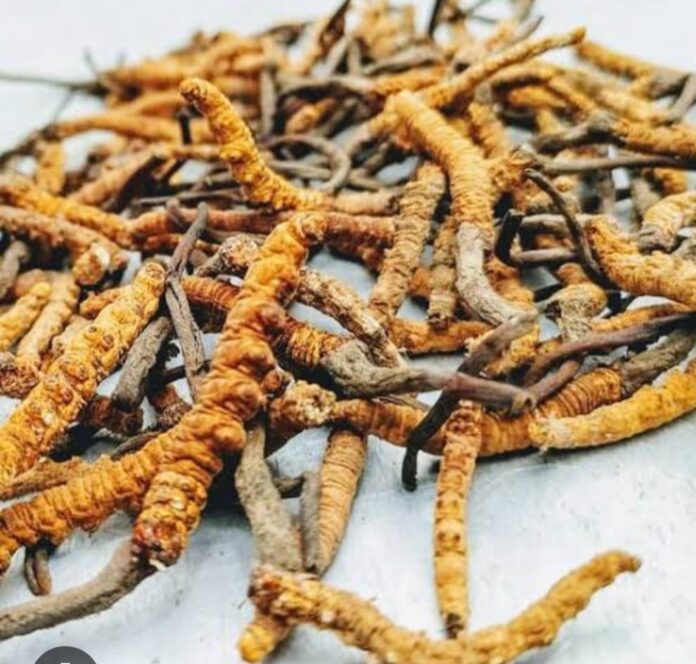BI News, Champawat: Mountains are a boon of nature and a treasure of medicinal plants. This legacy is providing us sustenance even in the face of endless environmental instability. It is said that in the Ram-Ravan war, Pawansut had connected the broken breath of Soumitra with these mountain herbs, but today both the mountains and forest medicinals are in danger due to human beings devoid of conscience.
Himalaya is the place of medical plants which can not be found anywhere.The world’s costliest fungus — Ophiocordyceps sinensis — also known as Himalayan Viagra, which sells in international markets for upwards of Rs 20 lakh per kg, has entered the International Union for Conservation of Nature’s (IUCN) Red List of Threatened Species, the world’s most comprehensive information source on the global conservation status of animal, fungi and plant species. The list which was released on July 9, has placed the fungus, known for its aphrodisiac and rejuvenation properties, in the ‘vulnerable’ category.

Keeda jadi, one of the rarest fungal species in whole world known as the mysterious “half-caterpillar-half-mushroom” possessing anti-microbial, anti-oxidant, anti-viral, anti-diabetic, anti inflammatory, anti-cancer, anti-fibrotic, anti-HIV, anti-malaria, anti-depression, anti-arteriosclerosis and anti-osteoporosis activities. It is also referred to as Himalayan Viagra and is so costly that the price is compared to nothing less than gold, platinum and diamond.
In Munsiyari, often charmingly referred to as Little Kashmir, local residents often point to the five famous peaks, namely Panchachuli, girding the Kumaon region far into the horizon, as if the peaks are the source of all sustenance in this quaint little hill town perched between the borders of India, Tibet and Nepal.
An immense number of villagers in the Kumao region are involved in harvesting a particular species without being fully aware of its impact on the ecosystem. This activity serves as their primary source of income for the year. Vikram Neggi, a local resident, shared that he began harvesting this species due to its demand from outsiders. Initially, Neggi was unaware of the actual international price, but he eventually increased his prices after realizing its value. However, the situation has become more challenging as the administration now monitors the activity, and individuals caught harvesting illegally have faced legal consequences.
The unregulated and excessive harvesting of a species in the Himalaya region by the local villagers can have a detrimental effect on the biodiversity of the area. The ecosystem in this region is delicate and interconnected, and the removal of a particular species can disrupt the balance, affecting not only that specific species but also other organisms that rely on it for food or habitat. This can lead to a decline in biodiversity, impacting the overall health and stability of the ecosystem. Additionally, if the species being harvested is a keystone species, its absence can have cascading effects on other species in the region. It is essential to manage and regulate the harvesting practices to ensure the long-term sustainability and preservation of the biodiversity in the Himalaya region.








